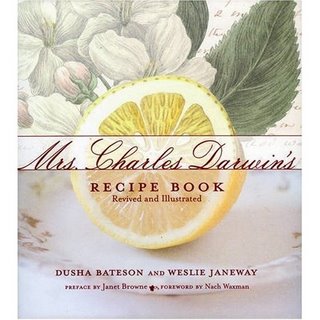There’s something disproportionately impressive about wheeling a whole cauliflower out to the table, glistening in a robe of scented, cheesy sauce. It raises cauliflower cheese from a nursery tea dish to the sort of thing you might serve as a dinner party accompaniment.
I only ever make cauliflower cheese when I can find a pristine cauliflower. The cauli you choose should be firm and white, and still surrounded by its green leaves, which should be stiff, not floppy (floppy leaves mean the cauliflower has been out of the ground for too long). Don’t use a cauliflower with any bruised bits visible.
The Mornay sauce that’s slathered all over the cauliflower is a little more complicated than usual; the milk for the sauce is infused with aromatic herbs for a couple of hours before making the sauce up. It’s worth the tiny amount of extra effort. You’ll end up with a delicately scented, Parmesan-savoury cloud of white curds, a much finer dish than the wet stuff you remember from school.
To serve four as an accompaniment or two as a main course (if you’re eating this as a dish on its own, it’s very good with some toasted sourdough bread to mop up the lovely sauce) you’ll need:
1 large, firm, fresh cauliflower (around 1kg)
300ml whole milk
1 shallot
5 cloves
10 peppercorns
2 bay leaves
1 bunch parsley
75g butter
75g plain flour
A grating of nutmeg
1 teaspoon dry mustard powder
150g grated Parmesan cheese plus a couple of tablespoons for sprinkling
Salt
A few hours before you start to eat, cut the shallot in half and stud it with the cloves. Place it in a saucepan with the bay leaves, parsley and peppercorns and pour over the milk. Bring the milk up to a gentle simmer, put the lid on and remove from the heat, leaving in a warm place for about three hours.
When you are ready to assemble the dish, use a sharp knife to remove all the outer leaves from the cauliflower except the very fine ones from the inner layer of leaves which curl around the curds. Cut the stalk off the bottom of the vegetable so it will sit flat when placed on a plate. Cut two big slashes in a cross shape into the bottom of the stalk – this will help the thickest part of the cauliflower to steam faster, so nothing will overcook and the whole vegetable retains a good texture. (Nothing is worse than a soggy cauliflower cheese.)
Steam the cauliflower in a large pan for twenty minutes, and heat the oven to 180°C (350°F).
While the cauliflower is steaming, make up the Mornay sauce. Melt the butter in a heavy-based saucepan with the flour, and stir well over a low heat for three or four minutes – do not allow the roux (flour/butter mixture) to brown. Strain the milk and discard the aromatics. Add the milk to the pan very gradually, stirring all the time, until you have a thick white sauce. Stir the cheese, mustard and nutmeg through the sauce to finish.
Place the steamed cauliflower in an ovenproof serving dish, and spoon the thick sauce all over the cauliflower. Bake in the hot oven for 30 minutes – the sauce will be bubbling. Finish the dish by spooning some more of the sauce from the dish over the cauliflower and sprinkling over the extra grated parmesan, then placing under the grill until the cheese is golden and bubbling. Serve immediately.

